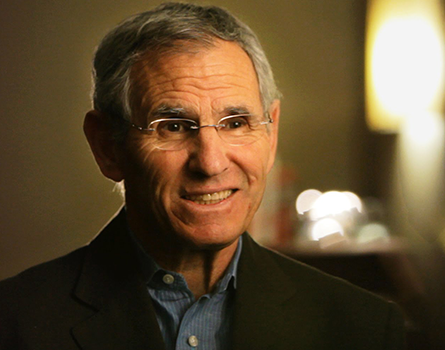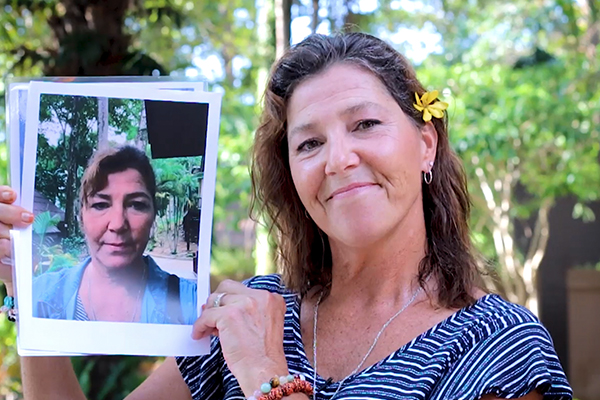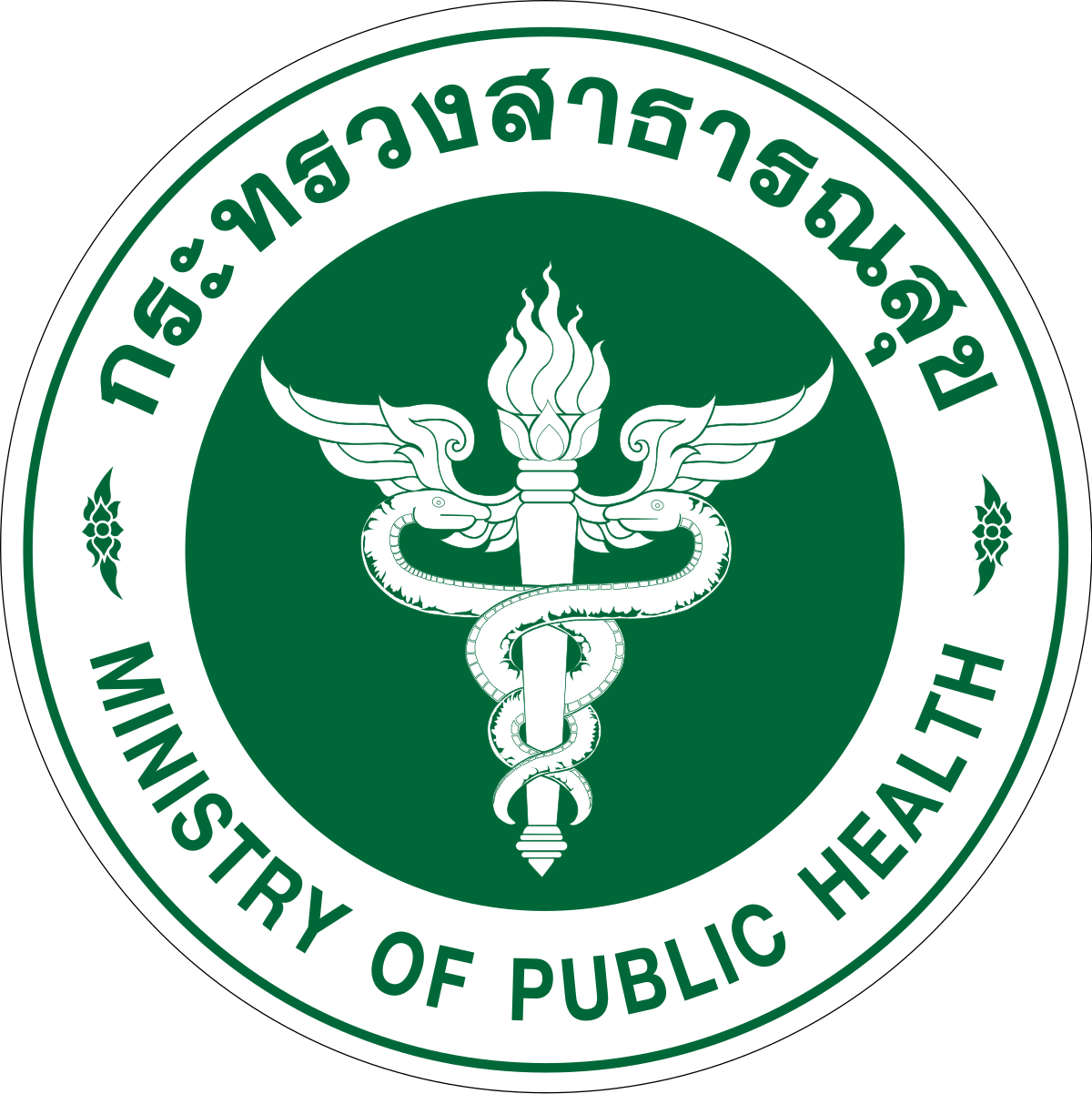
by
Hannah Courtauld
BA (Hons) Psychology
Focal counsellor at DARA
The more experience I get working as an addictions counsellor, the more I am convinced that learning to be mindful is key to a successful recovery.
AUTOPILOT
Have you ever sat down to eat a meal, and before you know it, you’ve demolished the whole thing without thinking? How about getting behind the wheel, and then reaching your destination without remembering anything about the journey? Don’t worry, most people have. These are classic examples of mindlessness, or when our brain goes into “automatic pilot”.

In active addiction, the mind is often on automatic pilot – the individual goes from one “hit” to the next, often not even noticing the process that occurs between the trigger and the reward. They may find themselves using or taking part in addictive behaviour when they didn’t want to, but they just go through the motions anyway.
If you can relate, mindfulness may help you. Why? Because mindfulness is the opposite of mindlessness.
But what, really, is being mindful all about?
Mindfulness originated in ancient Eastern religions, such as Buddhism, Hinduism and Tao. In Buddhism specifically, it was seen as a kind of memory and presence of mind, and used as a practice to contemplate the mind, body and feelings.
The man that brought mindfulness into the scientific spotlight of the West, Jon Kabbat Zinn, describes mindfulness as:

‘Paying attention in a particular way: on purpose, in the present moment, and non-judgmentally.’
Okay, so let’s break that down.
Paying attention. The Merriam-Webster dictionary defines attention as, ‘the act or state of applying the mind to something’, and ‘a condition of readiness for such attention involving narrowing or focusing of consciousness and receptivity.’
So when we are being mindful, we are involved in the act of applying our mind to something, a process which involves focused consciousness.
It’s on purpose. That means making an effort to do the above.
In the present moment. That means letting go of future worries and past regrets. The only thing that matters in mindfulness is whatever is right here, right now.
Non-judgementally. That means no right or wrong; no good or bad; that means acceptance of whatever is.
So what, you can just do it, anytime, anywhere?
Yes. The beauty of mindfulness practice is that all you need is your mind. There are so many ways of being mindful, sometimes it’s easy to overcomplicate it. Why don’t you try this short, easy exercise for yourself?
Just allow yourself to be still for a few moments. Take a while in between reading each paragraph to do each step of the exercise.
- Count three things you can see. Now, don’t just glance at them, really look at them. For instance, if you can see a plant, look at its colours; see how vibrant or dull they are. Look at the way it might be moving or how the light reflect off the leaves. Look at the intricacies in the shape of the leaves or flowers; if you can see close enough, look at the little veins. Just notice all the little components that make that object up in your eyes.

- Count three things you can hear. Listen to the volume of the sounds; are they loud or soft or somewhere in between? Listen to the layers of each individual sound, if they exist. Listen to the pitch of each sound. Listen to the proximity of the sounds; are they near or distant? Just notice these three noises.

- Finally, count three things you can touch. Feel them one by one. Perhaps you can touch your hair or some fabric of the clothes you are wearing. Perhaps the smoothness of your computer screen. Whatever you choose, take some time to really feel the texture, the temperature, the pressure on your skin.

That’s it! If you took some time to do this properly, hopefully you now feel a little more grounded and “still”. Many clients of mine have been surprised at how easy and simple it can be to introduce mindfulness practice into your day.
HOW MINDFULNESS CAN HELP
Within the last ten years, there has been a deluge of scientific support for the benefits of mindfulness practice. For generally healthy individuals, mindfulness has been shown to reduce rumination (when you get stuck thinking about the various aspects of upsetting situations); reduce stress; boost working memory; focus better; improve emotional reactivity; enhance cognitive flexibility; help with relationships, and in general, enhance quality of life. [1]
For those with addiction problems in particular, mindfulness-based therapy has been shown to help to decrease the consumption of various substances, including alcohol, cocaine, amphetamines, marijuana, cigarettes, and opiates to a significantly greater extent than waitlist controls, non-specific educational support groups, and some specific control groups. [II] In particular, mindfulness-based relapse prevention strategies have demonstrated promising results in averting relapse. [III] Mindfulness based therapy has been found to be especially successful in the treatment of depression, stress and anxiety [IV], problems which often co-occur alongside addiction.
FEEDBACK FROM CLIENTS
Subjectively, many of my clients report (after learning about and practicing mindfulness) that they are better able to “stay in the moment”; to notice what’s going on with them in the “here and now” – their thoughts, emotions and physical feelings; and feel calmer day to day.
Is this after a few months? Actually, most report that they notice the benefits in a few days.
In terms of their experiences after leaving treatment, it seems that mindfulness can help clients to become more aware of their triggers, their reactions to certain situations, and their cravings, which can effectively prevent relapse.

There’s nothing to stop you!
Mindfulness is an easy, accessible and enjoyable practice. It’s easy to learn a few basic techniques all by yourself – all it takes are a few Google searches. Some techniques I would recommend trying out are mindful eating (tricky, but satisfying!), mindful walking, and mindful breathing.
[I] http://www.apa.org/monitor/2012/07-08/ce-corner.aspx
[II] Chiesa, A., & Serretti, A. (2014). Are mindfulness-based interventions effective for substance use disorders? A systematic review of the evidence. Substance use & misuse, 49(5), 492-512.
[III] Witkiewitz, K., Lustyk, M. K. B., & Bowen, S. (2013). Retraining the addicted brain: A review of hypothesized neurobiological mechanisms of mindfulness-based relapse prevention. Psychology of Addictive Behaviors, 27(2), 351.
[IV] Khoury, B., Lecomte, T., Fortin, G., Masse, M., Therien, P., Bouchard, V., … & Hofmann, S. G. (2013). Mindfulness-based therapy: a comprehensive meta-analysis. Clinical psychology review, 33(6), 763-771.
Latest posts by Darren Lockie (see all)
- Cocaine burnout - February 25, 2020
- What is pathological lying? - February 21, 2020
- Ireland’s growing drug problem - January 20, 2020
+66 8 7140 7788









